- 1 Why Choose FSC-Certified Bamboo Flooring for Eco-Friendly Homes
- 2 Best Practices for Installing Bamboo Flooring in High Humidity Areas
- 3 How to Clean and Maintain FSC Bamboo Floors Long-Term
- 4 FSC Bamboo Flooring vs. Traditional Hardwood: Cost Comparison
- 5 Where to Buy Sustainable Bamboo Flooring with FSC Certification
Why Choose FSC-Certified Bamboo Flooring for Eco-Friendly Homes
When considering sustainable flooring options, FSC-certified bamboo flooring stands out as one of the most environmentally responsible choices available today. The Forest Stewardship Council (FSC) certification ensures that the bamboo is harvested responsibly, maintaining ecological balance while supporting local communities.
Carbonized outdoor heavy bamboo wall panels
Environmental Benefits of FSC-Certified Bamboo
Unlike traditional hardwood flooring that may take decades to regrow, bamboo reaches maturity in just 3-5 years, making it an exceptionally renewable resource. The FSC certification adds another layer of environmental protection by ensuring:
- Sustainable harvesting practices that don't damage ecosystems
- Fair labor conditions for workers
- Protection of endangered species habitats
- Minimal use of harmful chemicals in processing
- Chain-of-custody documentation from forest to consumer
Comparing FSC-Certified vs. Non-Certified Bamboo
While all bamboo is technically renewable, not all bamboo flooring is created equal. Here's how FSC-certified bamboo compares to conventional bamboo flooring:
| Feature | FSC-Certified Bamboo | Non-Certified Bamboo |
|---|---|---|
| Sustainability Verification | Independently verified by third-party auditors | No independent verification |
| Harvesting Practices | Strict guidelines prevent over-harvesting | May involve clear-cutting or damaging practices |
| Chemical Use | Restricted use of harmful adhesives and finishes | May contain formaldehyde or other VOCs |
Best Practices for Installing Bamboo Flooring in High Humidity Areas
One of the most common questions about bamboo flooring is its performance in humid environments. While bamboo is more dimensionally stable than many hardwoods, proper installation is crucial for long-term durability.
Pre-Installation Preparation
Before installing bamboo flooring in humid climates, several preparatory steps are essential:
- Acclimate the flooring for at least 72 hours in the installation environment
- Maintain consistent humidity levels between 40-60%
- Install a high-quality moisture barrier
- Consider using a dehumidifier during installation
Installation Methods for Humid Climates
Different installation methods offer varying levels of protection against humidity-related issues:
Floating Floor Installation
This method allows for natural expansion and contraction of the bamboo planks. The flooring isn't nailed or glued directly to the subfloor, creating a small air gap that helps manage moisture.
Glue-Down Installation
While more permanent, glue-down installations require moisture-resistant adhesives specifically formulated for bamboo flooring. This method provides excellent stability in humid conditions when done properly.
How to Clean and Maintain FSC Bamboo Floors Long-Term
Proper maintenance is key to preserving the beauty and durability of your FSC-certified bamboo flooring. Unlike traditional hardwood, bamboo requires some specific care considerations.
Daily Cleaning Routine
Establishing a regular cleaning routine will prevent dirt and grit from scratching the surface:
- Use a microfiber mop for daily dust removal
- Vacuum with a soft brush attachment weekly
- Immediately wipe up spills to prevent moisture damage
- Place protective pads under furniture legs
Deep Cleaning Techniques
For periodic deep cleaning, follow these steps to maintain your floors without damaging them:
- Start with thorough dry cleaning to remove surface debris
- Use a slightly damp mop with pH-neutral bamboo floor cleaner
- Work in small sections to prevent excessive moisture exposure
- Dry immediately with a clean, absorbent towel
FSC Bamboo Flooring vs. Traditional Hardwood: Cost Comparison
When evaluating flooring options, cost is often a deciding factor. While FSC-certified bamboo flooring may have a higher initial cost than some conventional options, its long-term value often makes it the smarter investment.
Initial Cost Breakdown
The price of bamboo flooring varies based on quality, thickness, and finish options:
| Material | Price Range per sq.ft. | Expected Lifespan |
|---|---|---|
| FSC-Certified Bamboo | $3.50 - $8.00 | 25-30 years |
| Traditional Oak Hardwood | $5.00 - $10.00 | 30-50 years |
| Engineered Hardwood | $4.00 - $9.00 | 20-30 years |
Long-Term Value Considerations
Beyond the initial price, several factors affect the total cost of ownership:
- Bamboo's durability often means fewer repairs over time
- FSC certification may qualify for green building tax incentives
- Higher resale value for eco-conscious home buyers
- Lower environmental impact costs
Where to Buy Sustainable Bamboo Flooring with FSC Certification
Finding truly sustainable bamboo flooring requires careful research. The FSC certification is your best assurance of environmental responsibility throughout the supply chain.
Identifying Genuine FSC-Certified Products
Look for these indicators of authentic FSC-certified bamboo flooring:
- The FSC logo on product packaging and documentation
- A unique FSC certificate number you can verify online
- Clear chain-of-custody information from manufacturer to retailer
- Transparent information about harvesting practices
Questions to Ask Suppliers
When evaluating potential suppliers for your FSC-certified bamboo flooring, these questions will help ensure you're getting a quality, sustainable product:
- Can you provide the FSC certification details for this product?
- What specific species of bamboo is used in this flooring?
- What adhesives and finishes are used in manufacturing?
- How long has your company been working with FSC-certified bamboo?

 English
English Deutsch
Deutsch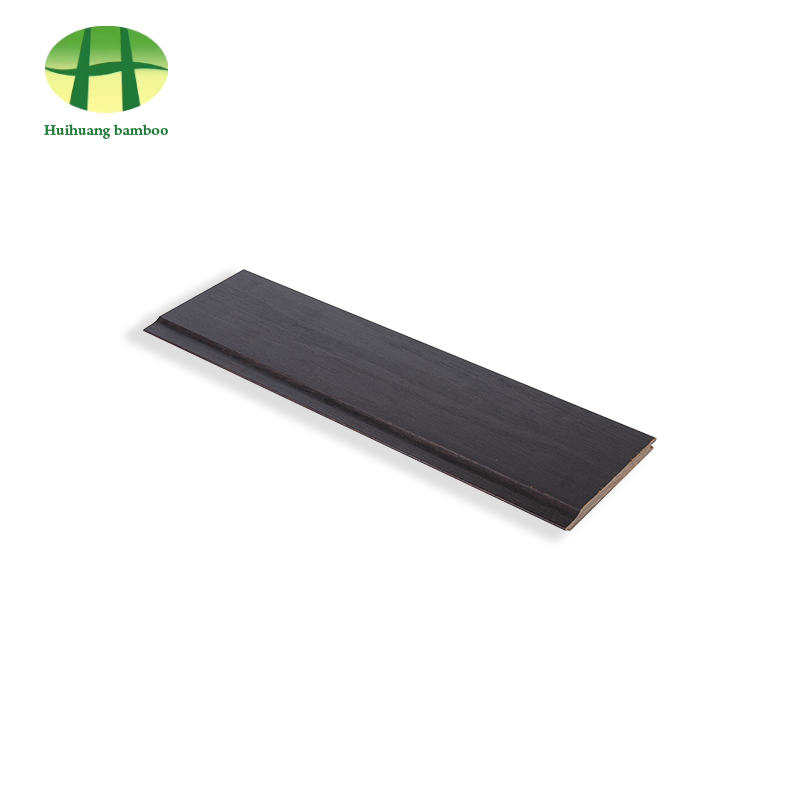
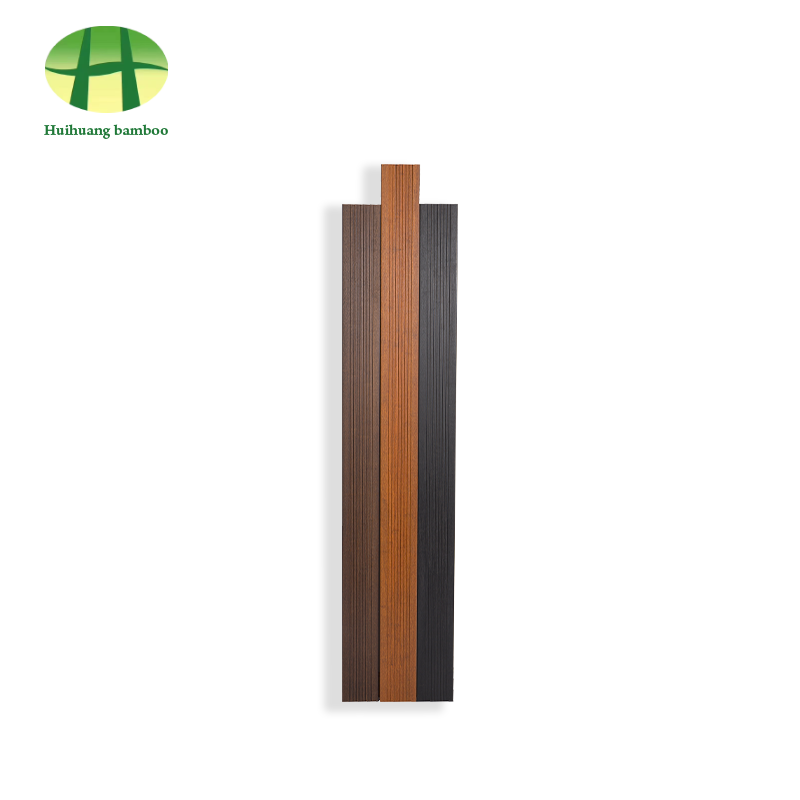
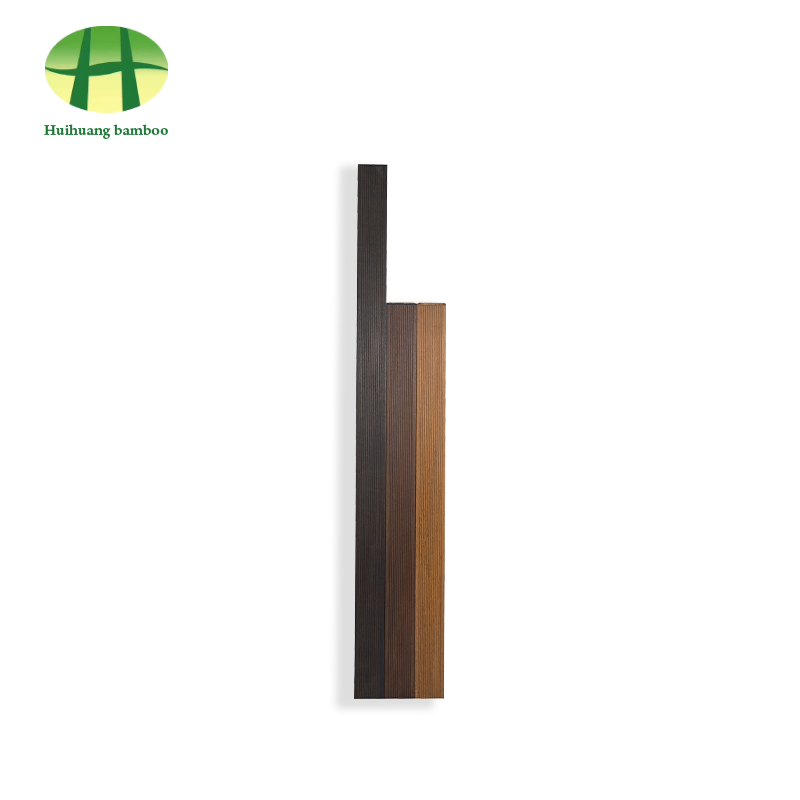
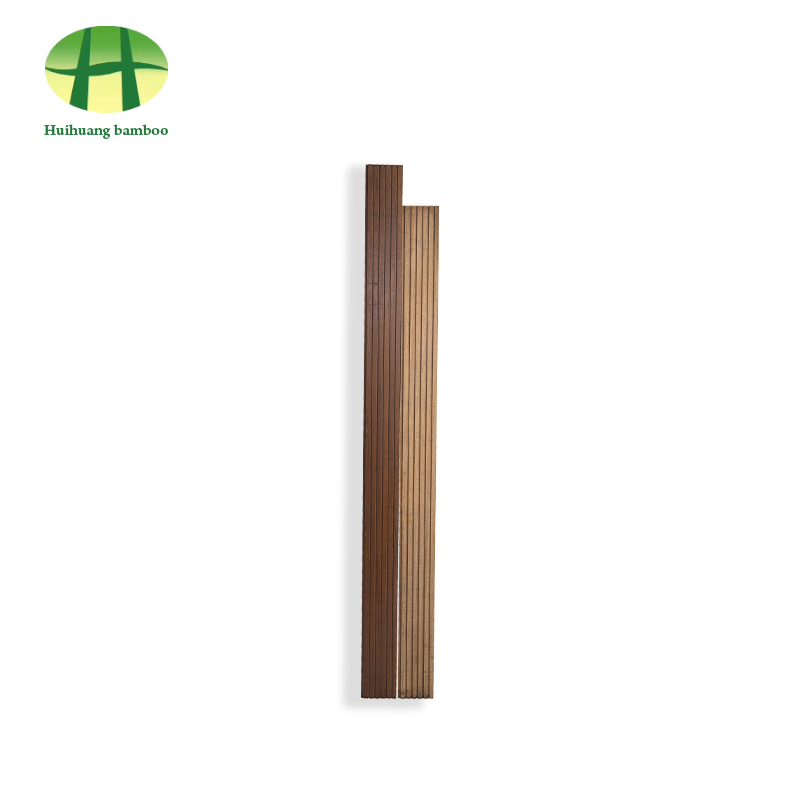
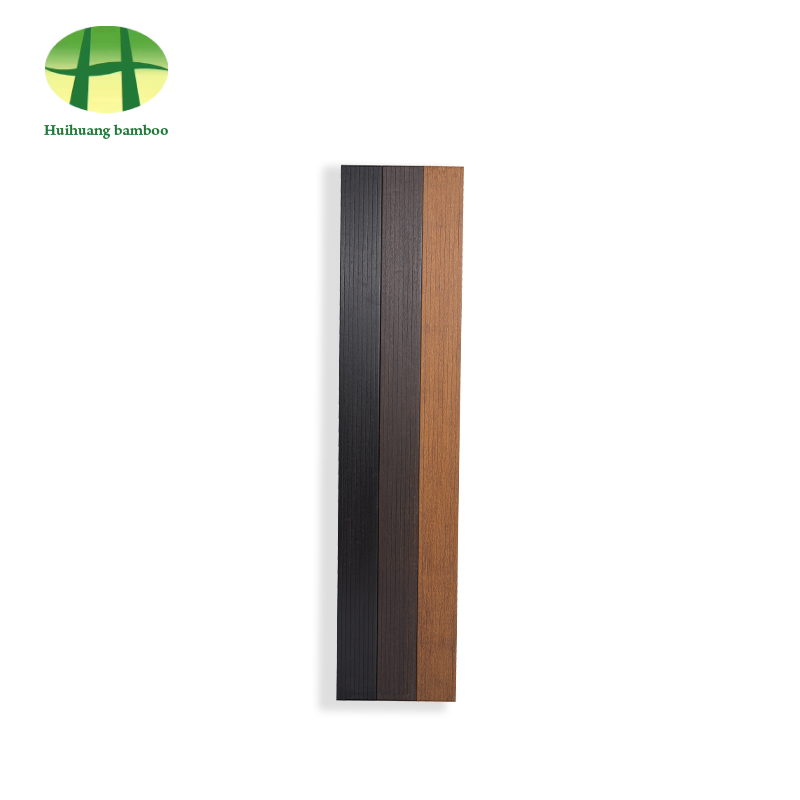
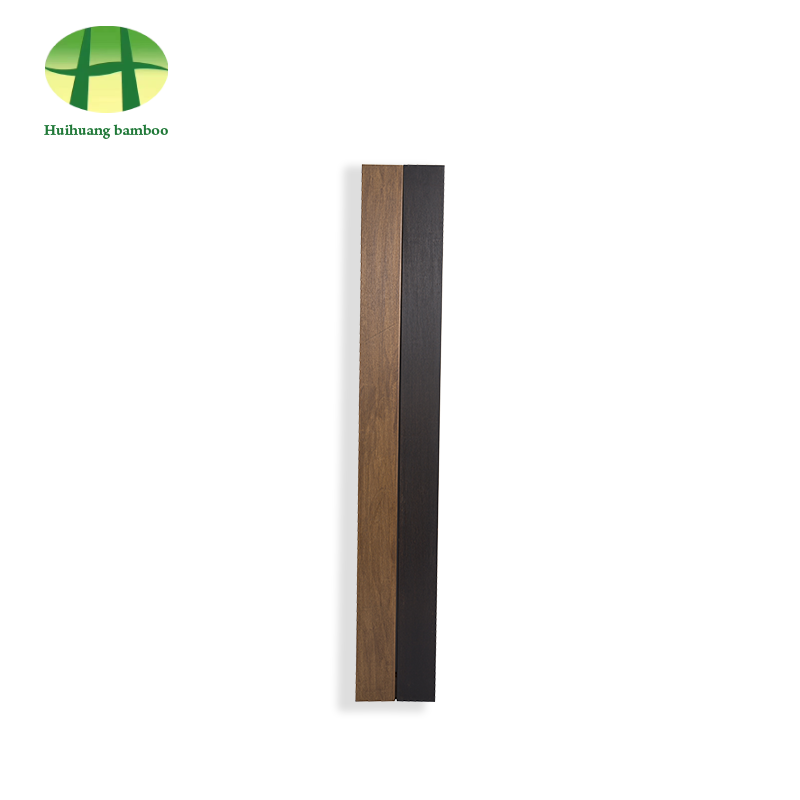
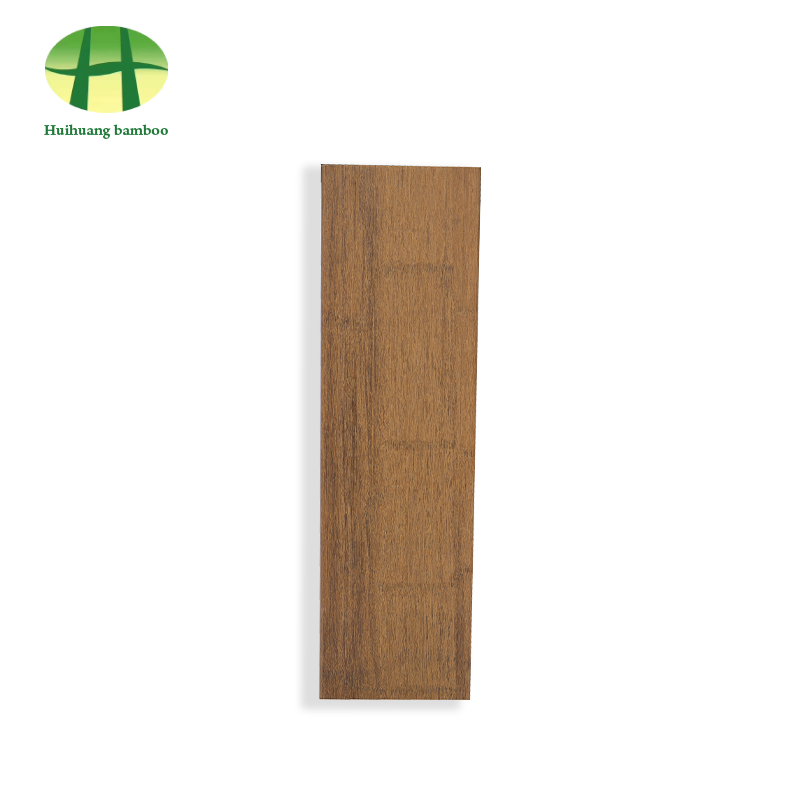

 +86-572-5215066 5216895
+86-572-5215066 5216895 office@hh-bamboo.com
office@hh-bamboo.com East Side of Huanggang RD,Ningdun County, Ningguo ,Xuancheng City,Anhui Province,China.
East Side of Huanggang RD,Ningdun County, Ningguo ,Xuancheng City,Anhui Province,China.